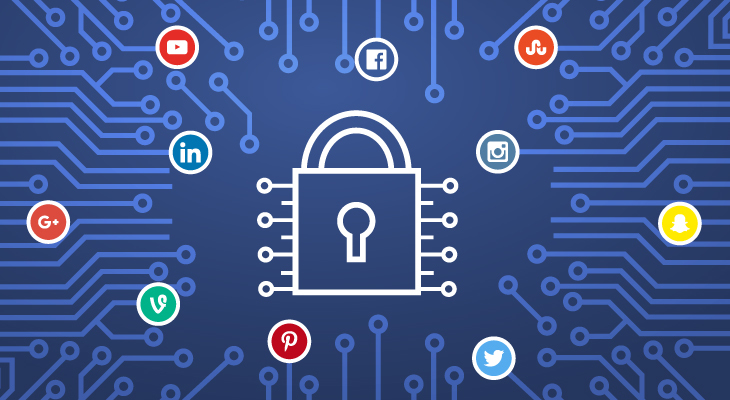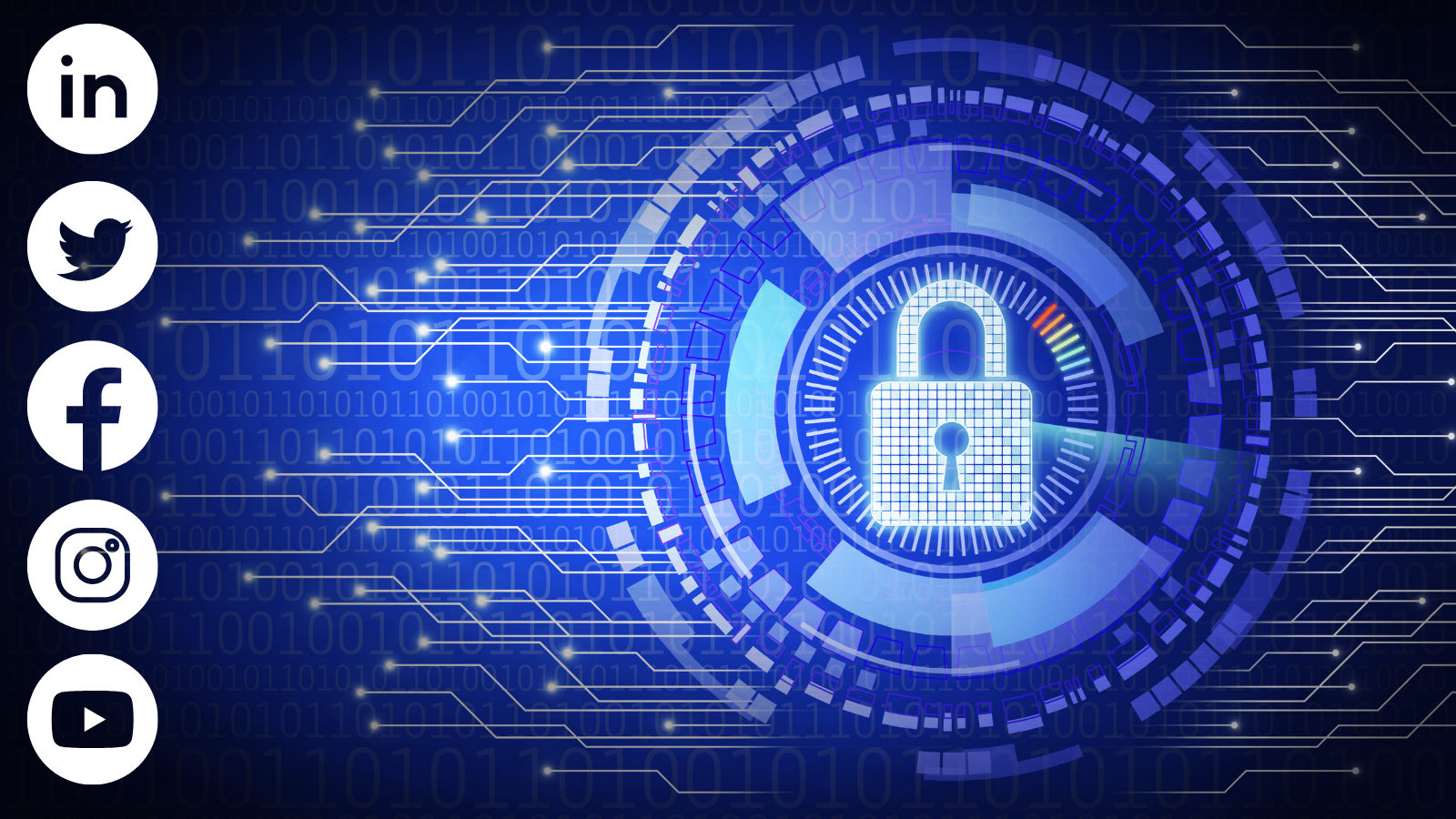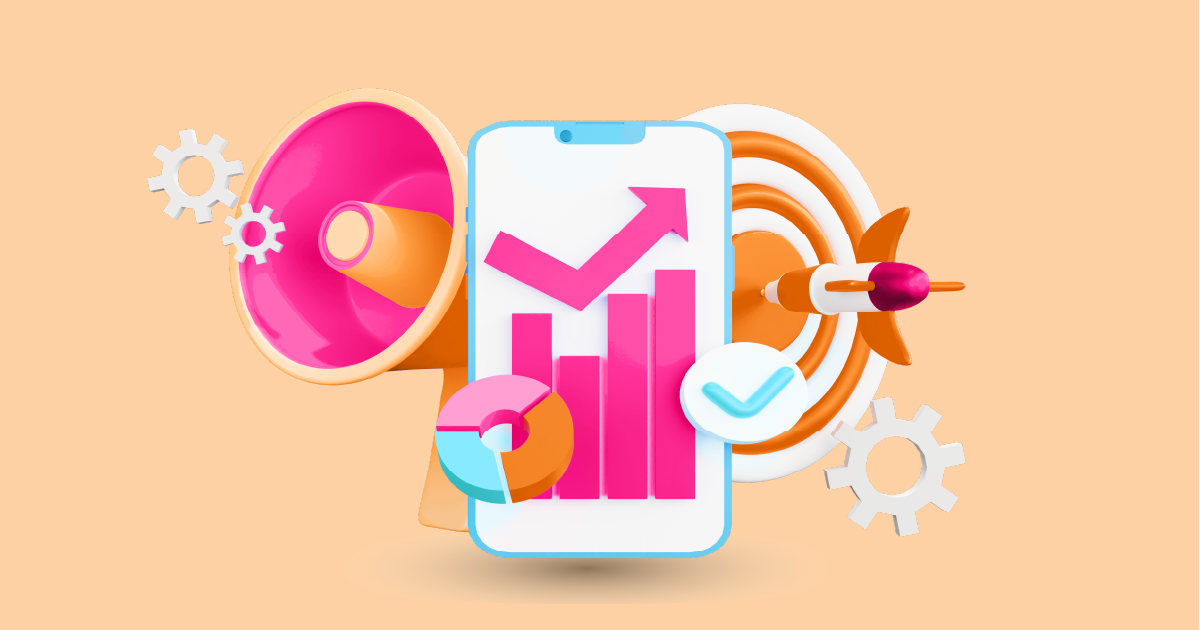In today’s digital age, social media has become an integral part of our personal and professional lives. While it offers numerous benefits, it also poses significant risks in terms of security and privacy. Social media threat monitoring has emerged as a crucial practice for individuals and businesses alike to mitigate these risks and safeguard their online presence.
Introduction to Social Media Threat Monitoring

1. What is social media threat monitoring?
Social media threat monitoring refers to the process of systematically monitoring social media platforms for potential threats, including cyberbullying, identity theft, phishing attacks, spread of misinformation, and online harassment. It involves the proactive identification and mitigation of risks to individuals or organizations posed by activities on social media channels.
2. Importance of monitoring social media threats
In today’s interconnected world, social media platforms serve as breeding grounds for various forms of threats and malicious activities. Failure to monitor these platforms effectively can lead to reputational damage, financial loss, and even legal consequences. Therefore, it is essential for individuals and businesses to prioritize social media threat monitoring as part of their overall risk management strategy.
Types of Social Media Threats
1. Cyberbullying
Cyberbullying involves the use of social media platforms to harass, intimidate, or humiliate individuals. It can take many forms, including abusive messages, malicious comments, and spreading rumors or false information.
2. Identity theft
Identity theft occurs when someone steals another person’s personal information, such as their name, address, or financial details, and uses it for fraudulent purposes. Social media platforms are often targeted by cybercriminals looking to gather sensitive information about their victims.
3. Phishing attacks
Phishing attacks involve the use of deceptive emails, messages, or websites to trick individuals into disclosing their personal or financial information. Social media platforms provide a fertile ground for phishing attacks due to the large number of users and the ease of creating fake profiles.
4. Spread of misinformation
The rapid spread of misinformation and fake news on social media platforms can have serious consequences, including inciting violence, influencing elections, and undermining trust in institutions. Effective social media threat monitoring is essential for combating the spread of false information online.
5. Online harassment
Online harassment encompasses a wide range of behaviors, including stalking, threats, and hate speech directed towards individuals or groups. Social media platforms often struggle to address online harassment effectively, making it essential for users to take proactive measures to protect themselves.
Social Media Threat Monitoring Tools
1. Social media listening tools
Social media listening tools allow individuals and businesses to monitor conversations and mentions of their brand or keywords across various social media platforms. These tools provide valuable insights into customer sentiment, emerging trends, and potential threats.
2. Keyword tracking
Keyword tracking involves monitoring specific keywords or phrases related to potential threats or security concerns. By tracking keywords associated with cyberbullying, identity theft, or phishing attacks, individuals and businesses can identify and respond to potential threats in real-time.
3. Data analysis and sentiment analysis
Data analysis and sentiment analysis techniques can help identify patterns, trends, and anomalies in social media data that may indicate potential threats or security risks. By analyzing the sentiment of social media conversations, individuals and businesses can gauge public perception and identify emerging issues before they escalate.
4. Real-time monitoring
Real-time monitoring allows individuals and businesses to receive immediate alerts and notifications about potential threats or security breaches on social media platforms. By monitoring social media channels in real-time, organizations can respond quickly to incidents and minimize their impact on their reputation and brand.
Benefits of Social Media Threat Monitoring
1. Early detection of threats
By monitoring social media platforms proactively, individuals and businesses can detect potential threats at an early stage, allowing them to take prompt action to mitigate risks and protect their interests.
2. Protection of brand reputation
Social media threat monitoring enables organizations to monitor conversations and mentions of their brand in real-time, allowing them to identify and address negative sentiment or misinformation before it escalates and damages their reputation.
3. Prevention of cyber attacks
By monitoring social media channels for signs of phishing attacks or other forms of cyber threats, individuals and businesses can take proactive measures to safeguard their sensitive information and prevent data breaches.
4. Proactive crisis management
Effective social media threat monitoring allows organizations to anticipate and respond to potential crises before they escalate, minimizing their impact on their operations, reputation, and bottom line.
Challenges
1. Volume of data
The sheer volume of data generated on social media platforms presents a significant challenge for individuals and businesses attempting to monitor for potential threats or security risks effectively.
2. False positives
Social media threat monitoring tools may generate false positives, identifying harmless or irrelevant content as potential threats, which can lead to wasted time and resources.
3. Privacy concerns
Monitoring social media platforms for potential threats raises privacy concerns, as individuals may feel uneasy about their online activities being monitored or analyzed without their consent.
4. Keeping up with evolving threats
The landscape of social media threats is constantly evolving, with cybercriminals developing new tactics and techniques to exploit vulnerabilities and target unsuspecting users.
Best Practices for Effective Social Media Threat Monitoring
1. Establish clear monitoring objectives
Before implementing a social media threat monitoring strategy, individuals and businesses should define clear objectives and goals, focusing on the specific threats or security concerns relevant to their operations.
2. Use advanced analytics
Utilize advanced analytics techniques, such as machine learning and natural language processing, to analyze social media data effectively and identify potential threats or security risks.
3. Collaborate with cybersecurity experts
Work closely with cybersecurity experts and professionals to develop and implement an effective social media threat monitoring strategy tailored to your organization’s needs and priorities.
4. Regularly update monitoring strategies
Stay abreast of the latest trends and developments in social media threats and regularly update your monitoring strategies and tools to adapt to evolving threats and risks.
Future Trends
1. Integration of AI and machine learning
The integration of artificial intelligence and machine learning technologies into social media threat monitoring tools will enable more advanced and automated analysis of social media data, improving detection capabilities and reducing false positives.
2. Enhanced predictive analytics
Predictive analytics techniques will allow organizations to anticipate and preempt potential threats or security risks based on historical data and emerging trends, enabling proactive risk mitigation strategies.
3. Cross-platform monitoring
With the increasing proliferation of social media platforms, organizations will need to adopt cross-platform monitoring solutions to track threats and security risks across multiple channels effectively.
Conclusion
In conclusion, social media threat monitoring is a critical practice for individuals and businesses seeking to safeguard their online presence and protect against various forms of cyber threats and malicious activities. By implementing effective monitoring strategies and leveraging advanced technologies, organizations can detect, analyze, and respond to potential threats in real time, minimizing their impact on their reputation, brand, and bottom line.
If you’re interested in learning more about how AIM Technologies can help you with social media threat monitoring, we encourage you to request a demo today. Take proactive steps to protect your digital assets and ensure peace of mind in an ever-evolving online landscape.
FAQs
1. Why is media threat monitoring important?
- Media threat monitoring is important because it helps individuals and businesses identify and mitigate potential threats, safeguarding their online presence and protecting against cyber attacks, identity theft, and other malicious activities.
2. What are some common challenges in media threat monitoring?
- Common challenges in media threat monitoring include the volume of data, false positives, privacy concerns, and keeping up with evolving threats.
3. How can organizations benefit from media threat monitoring?
- Organizations can benefit from media threat monitoring by detecting potential threats at an early stage, protecting their brand reputation, preventing cyber attacks, and proactively managing crises.
4. What are some best practices for effective media threat monitoring?
- Some best practices for effective social media threat monitoring include establishing clear monitoring objectives, using advanced analytics, collaborating with cybersecurity experts, and regularly updating monitoring strategies.
5. What are the future trends in social media threat monitoring?
- Future trends in social media threat monitoring include the integration of AI and machine learning, enhanced predictive analytics, and cross-platform monitoring to track threats across multiple channels.




